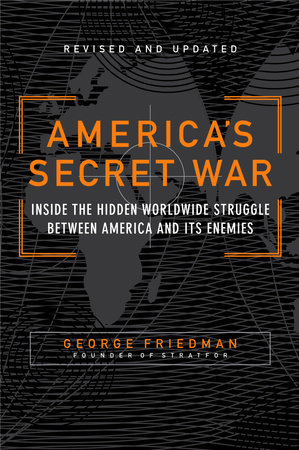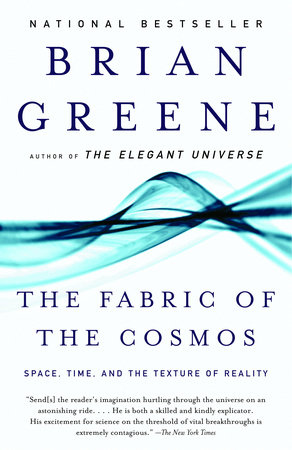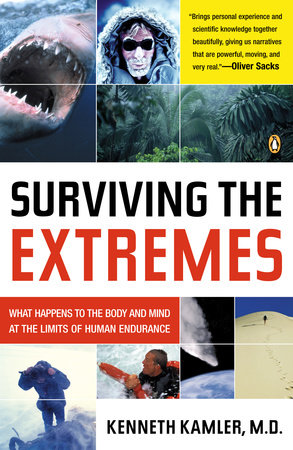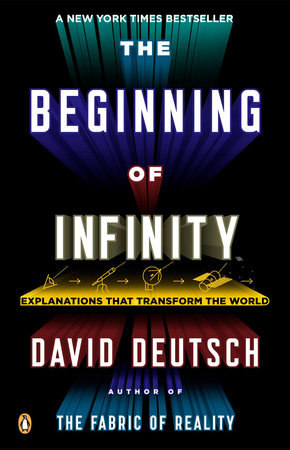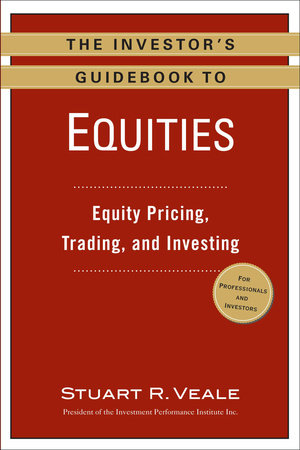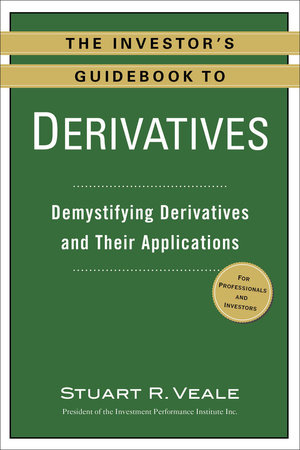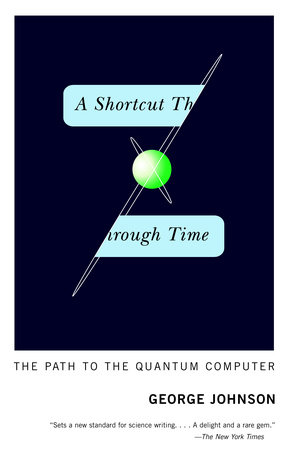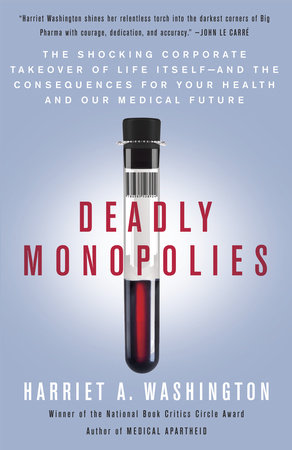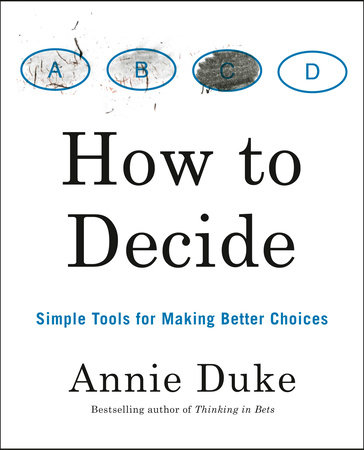Q: The term parallel universe conjures up a variety of images—from a place where we have a doppelgänger experiencing the exact same actions we do; to a place where someone who looks a lot like you is living your life but in an entirely different way. How do you actually define the term?
A: A “parallel universe” proposal is any theory that suggests our universe to be but one of many universes inhabiting an unexpectedly grand cosmos. The details of the other universes can vary substantially from one proposal to another—indeed, in some proposals there are copies of you and me living lives that are identical or similar to what we experience here. In other proposals, the parallel universes bear little or no resemblance to this universe.
Q: You have said that the possibility that our universe may not be the only universe is an idea that for some time you resisted. Why? And what eventually made you decide to explore this idea as your next book?
A: I resisted because the idea of other universes seemed to step outside of science. After all, we only have access to this universe, so invoking others seemed on par with speaking of ghosts or the tooth fairy. But as my scientific research led me to explore the subject more fully, my view gradually shifted. I wouldn’t say I now believe that there are other universes, at least not yet. However, I’ve realized that when formulated properly, a theory that invokes other universes can lie comfortably within science: Such theories can yield predictions testable through experiments we undertake here, in this single universe of ours. What’s more—and this is particularly compelling—when seen through the lens of parallel universes, certain problems that have perplexed physicists for decades take on a very different character: Some such problems simply evaporate. The capacity to summarily dispense with long-standing puzzles is reason enough to seriously consider parallel universe theories.
I decided to write The Hidden Reality because I like to capture revolutionary science in the making. I like the general public to be able to see science as a living, breathing, evolving undertaking—not something that’s largely been sorted out and ensconced in textbooks. And if the multiverse concept pans out, it will be one of the greatest scientific revolutions ever.
Q: When in the history of science did the idea of parallel universes first arise?
A: There’s some debate on this, but certainly one of the earliest incarnations of the idea comes from work in the 1950s that was struggling with some strange features of quantum mechanics—the highly successful theory for explaining properties of small things like molecules and atoms. Quantum mechanics requires a radical revision of what constitutes a scientific prediction. Prior to quantum mechanics, physics sought definitive predictions of what would happen in a given experiment. But quantum mechanics showed that, in actuality, the best you can do in any situation is predict the odds of getting one or another outcome. For instance, in a given experiment, quantum mechanics might predict that an electron has a 50% change of being found here or a 50% chance of being found there—with absolutely no way to be any more definitive. And, indeed, if you run that same experiment 100 times then very nearly half the time you’ll find the electron here and half the time there. In this way, experiments confirm the quantum predictions to great accuracy.
The perplexing thing, however, is that quantum mechanics doesn’t tell us why only one of the possible outcomes of a given experiment actually happens. In fact, the most straightforward reading of the quantum equations suggests that all possible outcomes happen—each in its own separate universe. In one universe you find the electron here, in another universe you find it there. These are quantum parallel universes.
Now, when phrased in terms of predicting the position of a particle like an electron, these quantum parallel universes might seem curious but not particularly relevant to our worldview. However, when you realize that every action you’ve ever taken, everything you’ve ever said, every decision you’ve ever made amounts to particles—in your arms, legs, vocal chords, brain, and so on—going this way or that, you realize that quantum parallel universes embrace every possible reality. In this scenario, there’s no such thing as a road untraveled. That’s a radical revision to the common sense view that we’re part of a single reality.
Q: How does string theory, your area of expertise, play into the debate over the existence of parallel universes?
A: String theory is intimately connected to three different multiverse possibilities. One possibility envisions that our universe is like a single slice of bread in a grander cosmic loaf, with the other slices being other universes. Another possibility is that our universe might be the aftermath not of the big bang but of a big bang. The idea is that other bangs have happened, and continue to happen, yielding a vast panorama of universes parallel to our own. Finally, a third possibility is that the universe is cyclic, going through endless cycles of birth, evolution, and death, only to be reborn anew—yielding parallel universes not in space but in time.
Since string theory is a highly speculative theory, multiverses that emerge from its mathematics are necessarily tentative. But as we look toward the future, some of these string-based multiverses may be key to experimentally testing string theory itself. For example, if we are living on one slice in a cosmic loaf, it’s possible that the Large Hadron Collider in Geneva might be able, through intense particle collisions, to knock some microscopic debris off our slice. We’d notice this by having less total energy after the particle collisions than before, as some energy would be carried away by the particulate debris. Positive results would thus give evidence that would both support string theory as well as this particular multiverse proposal.
Q: You said that some perplexing problems evaporate when formulated in the context of a multiverse. Can you give an example?
A: Sure. In the late 1990s, astronomical observations revealed that space appears to be filled with a uniform diffuse energy—an energy that is driving the universe to expand at an ever faster pace. Since this energy doesn’t give off light (which explains why it took so long to discover), it has been dubbed “dark energy”. When astronomers measured the amount of dark energy permeating space (by measuring the precise speed-up in cosmic expansion), they found a strange number—a decimal point followed by about 120 zeroes and then a 1, a fantastically small number. So small, in fact, that no one could imagine starting with the basic equations of physics, doing some calculations, and having that tiny number emerge from the mathematics. A great many astronomers and physicists were profoundly perplexed.
One of the multiverses emerging from string theory—the one in which there are many big bangs—casts this problem in a completely new light. The mathematics of string theory suggests that the different universes arising from the different big bangs would typically be permeated by different amounts of dark energy. In some the amount would be much greater than what we’ve observed here; in some the amount would be smaller than what we’ve observed here. And, in some such universes, the amount would equal what we’ve observed here. In this context, trying to calculate the amount of dark energy is a fool’s errand. It’s like trying to explain the jacket size carried by a clothing store. Just as the store has jackets of many different sizes, the multiverse has universes containing many different amounts of dark energy.
Q: Doesn’t that still leave the question of why we happen to live in a universe with the particular amount of dark energy that’s been measured?
A: Well, when you buy a jacket, you pick the size to ensure it fits. Similarly, we live in a universe in which the amount of dark energy fits our biological make-up. That is, you can show that if the amount of dark energy were substantially different from what we’ve measured, the environmental conditions would be inhospitable to our form of life. So, while the multiverse contains universes with many different amounts of dark energy, we couldn’t survive in most explaining why we’re in this universe and not another.
Q: You cover nine variations on the multiverse. Are there some that seem most plausible to you? Do you think will there be more?
A: It’s an interesting question that highlights what I consider the most important fact in this line of exploration: It’s not that scientists sit in empty rooms and dream up multiverse theories. Instead, scientists have found that when they do what they’ve always done—develop theories to explain with data gathered from experiments and observations—the trails lead time and again to some version of parallel universes. So, confidence in a given multiverse proposal is best determined by confidence in the theory that led scientists to it.
As of today, there is no multiverse proposal that’s fully convinced me that there are other universes out there. That’s part of what makes this science so exciting. The stakes are high. If we’re not part of a multiverse, much time and talent is being lavished on a wrong idea. On the other hand, we could well be the first generation of humans to recognize a fundamental yet hidden truth of the cosmos—we may be but one of many universes. How thrilling would that be?
Q: All nine of the variations on the multiverse that you cover in the book, “suggest that our commonsense picture of reality is only part of a grander whole . . . but determining whether any of these ideas goes beyond mathematical musings of the human mind will require more insight, knowledge, calculation, experiment, and observation than we’ve so far achieved”. Do you think we will one day achieve such proof, one way or another?
A: I do. Part of the journey toward such definitive assessment will be to take our theoretical understanding of various multiverse proposals to the next level of mathematical precision. Part of the journey will be to probe our universe—through powerful particle accelerators and through massive earth and space based telescopes—with ever greater accuracy. Together, I believe these pathways will allow us, one day, to determine whether reality embraces any of the multiverse proposals.
Q: Let’s be frank, for a lot of people this sounds like science fiction or just makes one’s brain hurt. What do you say to people who think this is just too far fetched to be plausible?
A: Well, there’s no denying that we are talking about some pretty far out ideas. But I’d stress, again, that these multiverse proposals are not generated by imaginations gone wild. You follow the trails laid down by theories developed to explain observations—which is nothing but traditional science—and when followed far enough, many of the trails lead you to some version of parallel universes.
A little aversion-therapy can sometimes help one acclimate to the idea of a multiverse. There was a time when we thought the earth was the center of the cosmos. Then we thought the same about the sun, and then about our galaxy. In time, however, we learned that the earth in not the only planet, the sun is not the only star, and the Milky Way is not the only galaxy. They are each one among many. Following the pattern, maybe our universe is not the only universe—perhaps it too is one among many.
Q: So what is next for you? Are you currently involved in any of the research you write about in The Hidden Reality?
A: Lately I’ve been researching some of the string-based multiverse proposals. We’ve completed the most detailed and refined studies to date of the big-bang processes that would bring one universe after another into existence. A major next step will be to go beyond pen and paper calculations and start simulating some of these processes on dedicated computer clusters. That’s one of the projects we are undertaking now.






